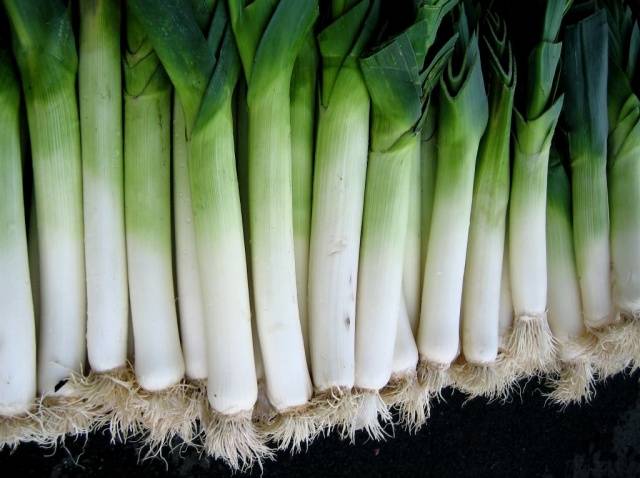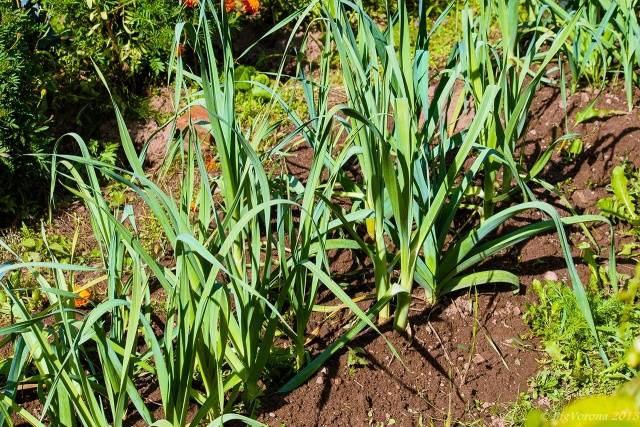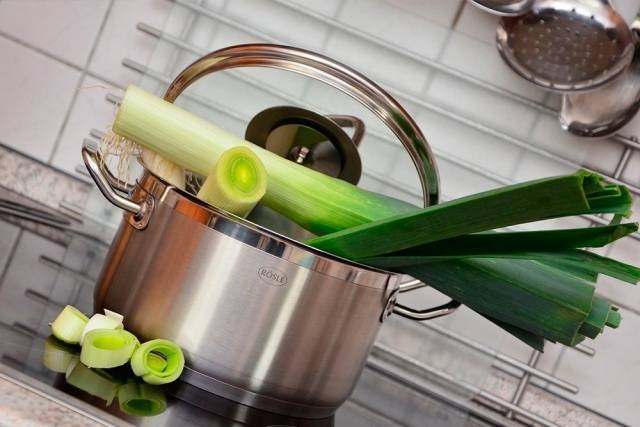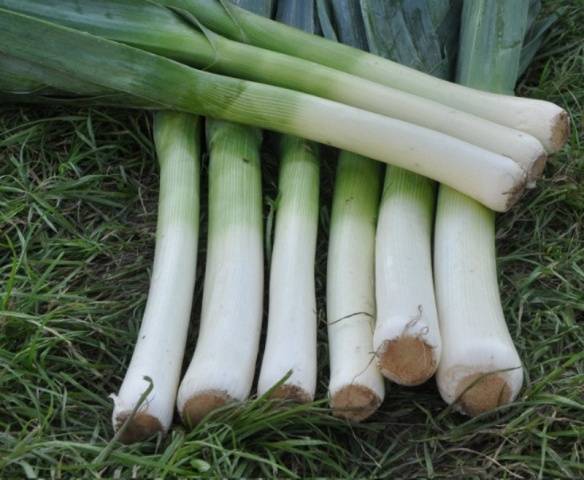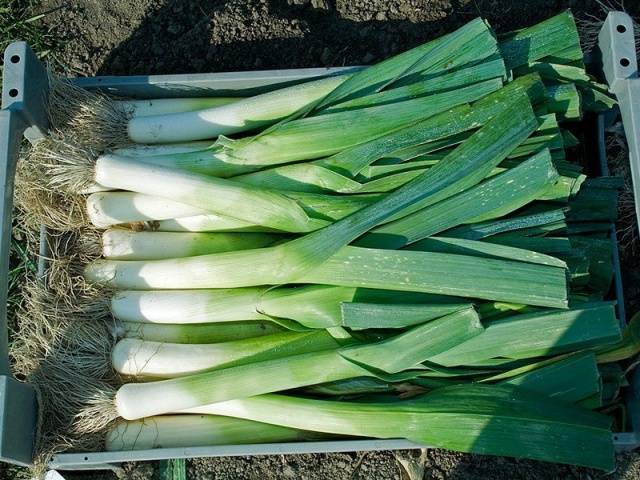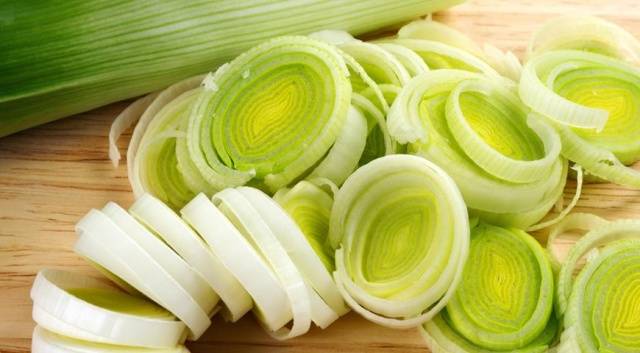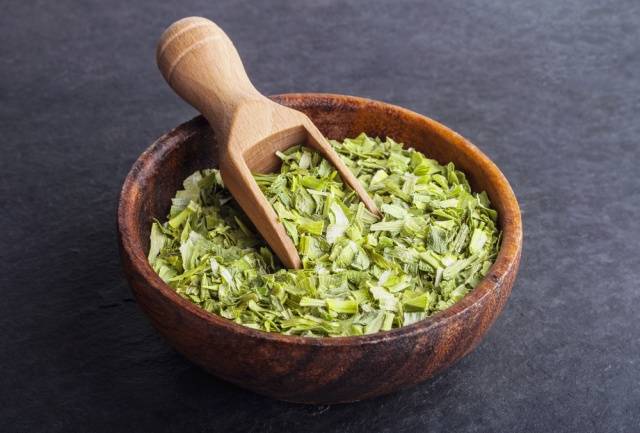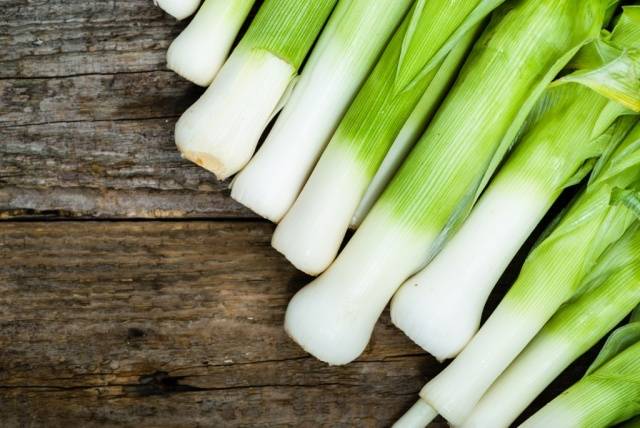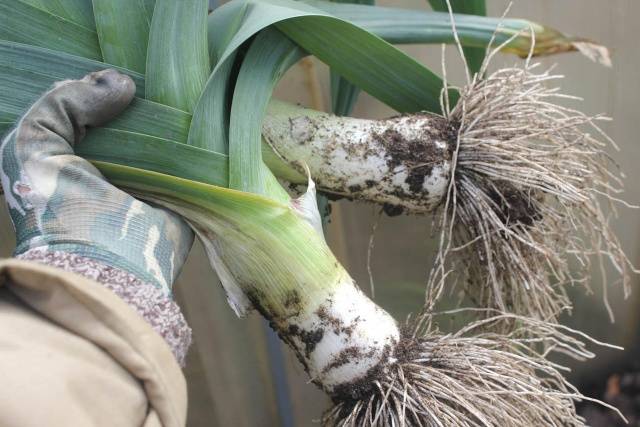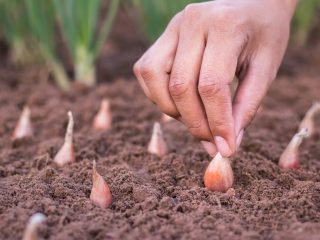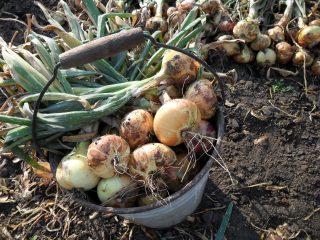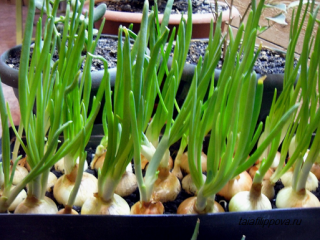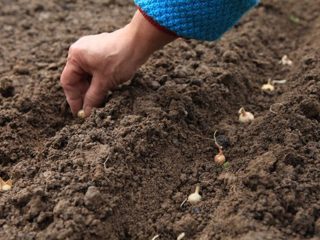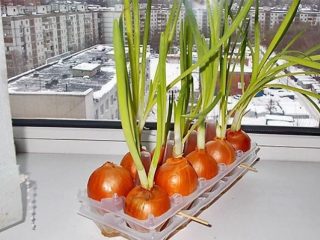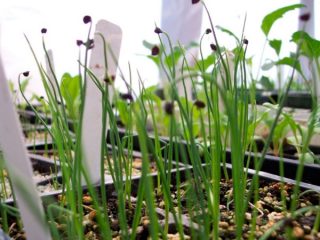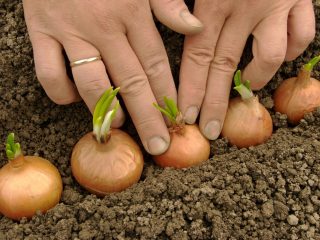A relatively new crop in Russian gardens is leek. In Western Europe, this onion has been grown for a long time; it is an essential ingredient in most traditional dishes. Leek has an interesting taste, gives a pleasant bitterness, and most importantly, this onion contains a very large amount of vitamin C and other microelements necessary for the body.
There is nothing complicated in growing leeks, but in order for the harvest to be stored for a long time, you need to know some rules for harvesting this crop.
Features of leeks
In order to correctly calculate the time when you need to harvest leeks, you should understand the features and nuances of this crop.
So:
- Leek is unpretentious, it can grow calmly in almost any climate zone, withstanding drought, humidity, and temperature changes. Only sub-zero temperatures are detrimental to onions, so the leek crop should be harvested for the winter.
- Leeks are considered a very productive crop. If we compare it with onions, which are more familiar to Russians, then leek definitely wins in terms of yield: two to three times more mature plants are harvested from the same area.
- The most valuable part of the leek is the white head and neck. It is the lower part of the onion that contains the largest amount of vitamins and microelements.
- Leeks can be eaten in different ways: they are eaten raw, salted, pickled, dried and used as a seasoning, added to soups and side dishes. Leeks are tasty and nutritious.
- Leeks are a two-year crop, so it will not be possible to grow them from seeds in one season. The most effective ways to cultivate leeks are to plant seedlings or sow seeds before winter.
You can pick green leek feathers at any stage of crop development - the leaves have a piquant taste and add a slight bitterness to salads and hot dishes. If the gardener plans to save the harvest until next spring, you need to take care of proper harvesting and provide the onions with suitable storage conditions.
When to Harvest Leeks
The first thing that the owner of a leek plot must understand is that the ripening time of this crop largely depends on the variety. Today there are many varieties of leeks, among them there are both early ripening and “evergreen” varieties grown “for feathers”. There are also varieties of leeks whose feathers remain soft and juicy throughout the growing season; other varieties of onions are grown precisely because of the value of their heads.
The time to harvest leeks also directly depends on how soon it will be used. For example, if you need fresh greens, you can trim the feathers throughout the summer and throughout the fall. Those who want to stock up on tasty onions for the winter should take care of a place to store them.
Usually, leeks are cut for the winter in early October, but here a lot depends on the climatic characteristics of the region.
Basically, The longer the onions remain in the beds, the better - all the nutrients will be retained for a long time. In regions with mild winters, sometimes leeks are left in the garden until the beginning of spring, only in this case the plants need to be well covered - this way the onion can withstand frosts of up to 8-10 degrees.
Colder winters force gardeners to dig up leeks from their beds. After this, the question arises about storing this valuable vegetable. Harvest onions like this:
- carefully dig the heads out of the ground, trying not to damage the delicate feathers;
- remove yellow, dry and damaged leaves;
- trim the onion feathers by two-thirds;
- the roots are shortened by about half;
- wash the onion under running water;
- Dry thoroughly in a well-ventilated room.
How to store leeks
There is no single rule for storing leeks; the method may depend on the purpose of the vegetable:
- Even in the summer, you can harvest the green part of the leek. To do this, the overgrown feathers are cut off and cut into rings or strips. The chopped onions are placed in bags and sent to the freezer. Such preparations can be used for preparing salads and other dishes.
- Leeks can be finely chopped and dried in an oven or electric dryer at a temperature of no more than 50 degrees. Under such conditions, almost all the nutritional properties of onions will be preserved. This seasoning can be used either alone or mixed with other herbs.
- To keep whole leek feathers fresh for a long time, you need to choose the most beautiful and strong leaves.They are thoroughly washed, dried, then put into bags of no more than eight pieces. The bags should be placed in a cold place (temperature from -2 to +2 degrees) for several hours, then make several holes in the polyethylene and place the onions in the freezer. The storage temperature of leeks should be no higher than -5 degrees, then the vegetable will retain its taste and appearance for about 5-6 months.
- You can store leeks in the basement for about six months, but special conditions must be created for this. The air temperature should not rise above 10 degrees, and the humidity is about 85%. Leeks are stored in wooden boxes with damp sand. The dug up stems with heads are placed vertically, immersing the lower part in the sand, then the feathers are sprinkled with moistened river sand - the layer should be at least 20 cm. In this state, the leek will perfectly retain all its vitamins and will be as fresh as from the garden.
Each owner chooses how to store his harvest, but in any case you need to know some features of leeks:
- You cannot immediately place the onions in the freezer - the feathers must be cooled before doing this. If you do not follow this rule, the leaves will not retain their freshness and will be soft and limp after defrosting.
- You can also store leeks on the balcony, but you need to cover them well. In such conditions, the vegetable will withstand frosts down to -8 degrees.
- You should periodically check the condition of onions stored in any way. Damaged or rotten stems must be removed.
- To dry leeks, you can use heating up to 100 degrees, but valuable vitamins will be preserved only when such treatment is short-term - no more than 20 minutes.
- If you miss the moment and do not dig up the leeks before the first frost, you can lose most of the harvest.Frozen feathers will not be stored.
- Dry leeks on gauze or cotton cloth. Under no circumstances should the unfolded onions be exposed to sunlight.
Leeks are a very unpretentious crop and are quite easy to grow. It is also not difficult to preserve the harvest of this healthy vegetable; you just need to know how to properly harvest it and prepare it for long-term storage.
